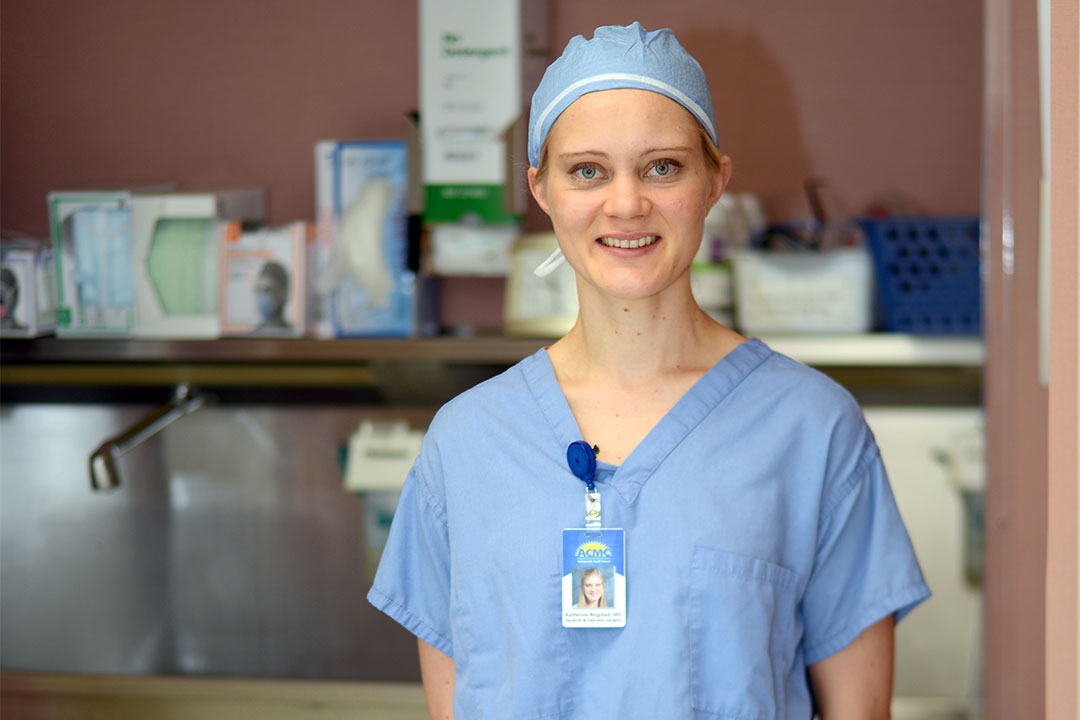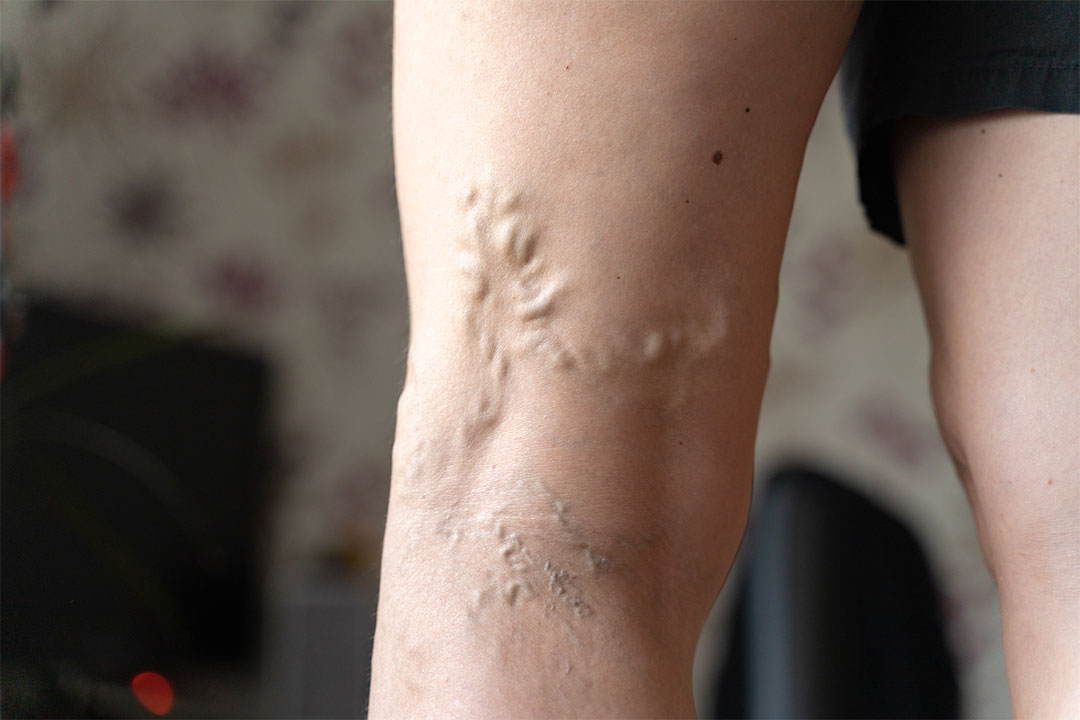Vanishing Veins: Dr. Katie Reigstad on Providing a Surgical Solution for Varicose Veins
Varicose veins aren't pretty but for many of us, they're a fact of life. Those unsightly bulging veins are more common than you may have realized, with nearly 1/3 of Americans developing them throughout their lives. Unfortunately, varicose veins can be more than just a cosmetic concern. Extreme pain, swelling, itching, and achy legs have all been connected to those odd-looking veins invading your legs.
But what can you do about them? Do you have to live with the pain? Luckily, according to Vascular Surgeon, Dr. Katie Reigstad, the answer is no!
Varicose veins are enlarged veins that are typically found near the side or back of the calf. Once they appear, varicose veins are permanent unless they are properly treated. As a vascular surgeon, Dr. Reigstad provides people suffering from varicose veins the option to correct this troublesome condition.
The development of varicose and spider veins is very common and often linked to our genetics, says to Dr. Reigstad. "If your parents have either spider or varicose veins, you are much more likely to get them as well," she explained.

Dr. Katie Reigstad
Dr. Reigstad also sees many women who have varicose or spider veins that appear after the birth of a child with the hormone changes the body goes through. Another common source of varicose veins is occupations that require people to stand for many hours. "People who have jobs that require them to stand for long periods of time are more inclined to have vein issues in their legs," Dr. Reigstad said.
Varicose veins are caused by leaky valves in the legs that control blood flow. When these valves aren't functioning properly, pressure builds up and the blood has nowhere to go except into small branches of the veins. These branches aren't meant to take on high blood pressures so they dilate and get bigger, creating varicose veins.
Imagine the veins in your legs as a river, with a dam serving as the valves. If the dam breaks, the water builds up and starts to overflow, creating small streams. In order to stop the creation of these small streams, you have to correct the source feeding the problem, the vein.
The first step in treating varicose veins is to get a special ultrasound to evaluate the valves in the veins, as well as measure the size and check for any clots. Treatment depends on what the ultrasound shows, as well as the patient's symptoms and goals. Most patients will benefit from either ablation and/or microphlebectomy.
Ablation is a procedure which clots off a main superficial vein through a tiny incision in the calf, about an eighth of an inch long. Typically these veins are not visible, but they may be feeding the varicose veins. By clotting this vein, the blood flow will be redirected up the healthy deep veins, and the varicose veins should significantly diminish and sometimes disappear completely.
If the varicose veins are more severe, or if the underlying superficial veins are healthy, then microphlebectomy can be performed. This is a procedure which can be done in clinic under local anesthesia if there are only a few varicose veins; otherwise it can be done under anesthesia at the surgery center. With microphlebectomy, the varicose veins are marked with the patient standing immediately prior to surgery. Tiny incisions, also about an eighth of an inch long, are then made overlying the veins. The varicose veins are removed.
The microphlebectomy procedure does result in some bruising, which resolves within several weeks. It's quite common to have a few small bumps for even a couple months after the procedure, but these are generally not bothersome and also go away in nearly all patients. Furthermore, the vast majority of patients have no visible scar after the procedure, as the incision is very small. Brown discoloration at the sites of varicose vein removal can occur, but this is very rare.
Whether you are having vein ablation or microphlebectomy or both, the procedure is done as an outpatient. Compression stockings are needed for 1 to 2 weeks afterwards, but there are no activity restrictions other than avoiding swimming for 1 to 2 weeks, simply because of the incisions and also the need to wear compression stockings. Many patients take a few days off of work, especially if they have an active job, although frequently patients do return to work the following day and do well.
On average, Dr. Reigstad performs several vein correction surgeries each week on patients ranging from their teens to their 90s. "By the time I see a patient, they are usually pretty eager to find a solution," Dr. Reigstad explained. "We never push people to have their veins treated surgically. It is their choice and we always weigh the risks and benefits of treatment options based on each individual."
With this procedure, Dr. Reigstad says she enjoys giving people the chance to become pain and irritation free. "Patients are generally very satisfied with their results," Dr. Reigstad said. Whether it's getting back into a pair of shorts or getting back on your feet, vascular surgery could be the answer to your varicose vein issues.
